Transcranial Direct Current Stimulation (tDCS)
Transcranial Direct Current Stimulation Defined
(tDCS)
What Is Transcranial Direct Current Stimulation?
Transcranial Direct Current Stimulation (tDCS) is a non-invasive brain stimulation technique that uses a low-intensity direct current to modulate the activity of neurons in the brain. This method involves placing electrodes on the scalp, with one electrode acting as the anode and the other as the cathode. The electrical current flows unidirectionally between these electrodes, influencing neuronal activity beneath them.
What Does tDCS Treat?
tDCS is used for various purposes, including:
Enhancing Cognitive Functions: Research suggests that tDCS can enhance certain cognitive functions such as memory, attention, and learning.
Treatment of Neurological and Psychiatric Conditions: It is being investigated as a treatment for depression, anxiety, stroke recovery, Alzheimer’s disease, and other conditions.
Pain Management: tDCS has been studied for its potential to manage chronic pain, including fibromyalgia and migraine.
tDCS Mechanism of Action
The mechanism behind tDCS involves the modulation of neuronal excitability. Anodal stimulation (where the anode is placed over the target area) tends to increase neuronal excitability, potentially enhancing activity in that brain region. Conversely, cathodal stimulation (where the cathode is placed over the target area) can decrease neuronal excitability, potentially dampening activity in that region.
The effects of tDCS can vary depending on several factors, including the duration and intensity of stimulation, the placement of electrodes, and individual differences in brain structure and function. The technique is generally considered safe, but it must be used under appropriate guidance to avoid potential side effects like skin irritation or discomfort.
Is tDCS FDA Approved?
As of now, the U.S. Food and Drug Administration (FDA) has not approved transcranial Direct Current Stimulation (tDCS) as a treatment for any specific medical condition. tDCS devices are primarily available for clinical research under investigational settings. Researchers are studying tDCS extensively for its potential benefits in treating various conditions such as depression, anxiety, stroke recovery, chronic pain, and cognitive enhancement, among others.
Can tDCS Treat Alzheimer’s?
Several studies have investigated the effects of tDCS on cognitive function in Alzheimer’s patients. These studies have shown potential benefits in memory, attention, and executive functions.
-
Studies are exploring the optimal protocols for tDCS, and many focus on the Left Dorsolateral Prefrontal Cortex (DLPFC). The DLPFC affects attention and executive functioning, and is frequently targeted in investigations for Alzheimer’s treatments
-
tDCS can modulate cortical excitability and neuronal activity, potentially enhancing cognitive functions and slowing cognitive decline.
-
There are numerous ongoing clinical trials exploring the use of tDCS in Alzheimer’s disease. These trials aim to determine the optimal stimulation parameters and assess the long-term efficacy and safety of tDCS.
How does tDCS compare to TEMT-RF?
Transcranial Direct Current Stimulation (tDCS) and Transcranial Electromagnetic Treatment with Radio Frequencies (TEMT-RF) are both brain stimulation technologies, but have different mechanisms and targeted applications. They could potentially be used together in a therapeutic regimen or chosen based on specific patient needs and conditions. Each technology has its unique set of strengths, making them suitable for different types of research and treatment approaches in neuroscience and clinical practice.
TEMT-RF uses ultra-high frequency radio waves to modulate brain function and cellular activity delivered through a non-invasive wearable headset.
Transcranial Direct Current Stimulation (tDCS) uses direct electrical currents to modulate brain activity and enhance neuroplasticity delivered through electrodes on the scalp.
Learn more about Transcranial Direct Current Stimulation
Transcranial Direct Current Stimulation Products
Actipulse Neuroscience Inc., Actipulse Neuroscience Portable Headset
Bottneuro AG, Miamind® Neurostimulator Cap
Flowtime, Flowtime tDCS Headset
Focus, Go Flow and Focus V3 Electrical Brain Stimulators
Sooma Medical, Sooma tDCS™ Treatment System
TheBrainDriver LLC, The Brain Driver tDCS Device v2.1.
The Brain Stimulator Inc., The Brain Stimulator V3.0 Deluxe tDCS Kit
Electric Dreams Co, Bumble Bee Neuron Queen
Neurocare Group AG, DC-Stimulator Mobile
PlatoScience ApS, PlatoWork tDCS Headset
Soterix Medical Inc., Electro-detox™ and Electro-detox™
A.D. Brain Stimulation, tDCS Home-Therapy Program
Transcranial Direct Current Stimulation Research
Empower: tDCS for Major Depressive Disorder at Home
Home-based tDCS in Frontotemporal Dementia or Alzheimer's Disease
The Efficacy and Safety of tDCS in Patients With Mild Dementia
Study of tDCS for Mild Cognitive Impairment
A Pilot Study of tDCS for Mild Cognitive Impairment
A Pilot Study of tDCS for Mild to Moderate Alzhemier's Disease
Effect of Fixed vs. Tailored Intensity tDCS for Attention Deficit After TBI
Self-administered TDCS for Improving Single- and Dual-task Gait in Patients with PD
External links are provided for reference only and do not imply affiliation, endorsement, or recommendation by NeuroEM Therapeutics. NeuroEM is not responsible for the content, accuracy, or claims made on external sites. All trademarks and copyrights are the property of their respective owners.

